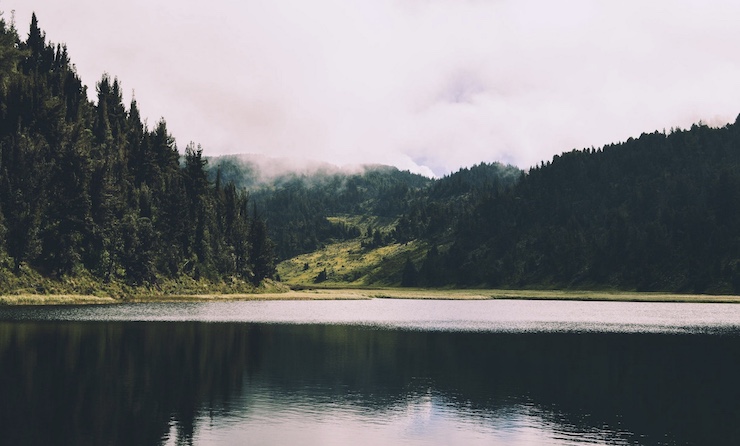Singapore Using Drones to Monitor Their Water Reservoirs

Monitoring water reservoirs is a time consuming but necessary endeavor. Crews have to manually inspect reservoirs daily to ensure that pipes are sealed, water levels are stable, algae and contaminants are under control, and more. In Singapore, the Public Utilities Board (PUB) is responsible for overseeing the entirety of the country’s water supply system. This includes water catchment systems, drainage systems, sewage systems, reclamation plants, waterworks, and coastal protection. PUB officers spend close to 7,200 hours each year inspecting water catchment, or reservoir, systems. This doesn’t even begin to cover the countless hours needed to inspect all the other facilities under PUB jurisdiction.
To provide the best water services to the country, PUB has turned to ST Engineering to begin a new program using drones to inspect water catchment systems. Founded in 1967, ST Engineering is one of the largest defense and engineering groups in Asia. With years of experience in the manned aviation sector, moving into the unmanned sector was a seamless process. Now ST Engineering is leading the way in how drones are utilized in Singapore. With their fully autonomous drones, ST Engineering is the first company to be granted BVLOS (Beyond Visual Line Of Sight) applications by the Civil Aviation Authority of Singapore for general inspection purposes.
ST Engineering’s in house developed drone system includes an industrial grade drone, a weatherproof charging/docking station called DroPort, and DroHub, a centralized command station that enables autonomous drone deployment. The DorHub can oversee the use of multiple drones at one time, even if they are spread about at other locations. It is with this comprehensive drone program that PUB hopes to save upwards of 5,000 manhours a year by replacing manual inspections with drone conducted inspections.
As explained on ST Engineering’s website, “First, a flight path is generated through ST Engineering’s proprietary flight planning algorithm. When the drone flies on this flight path, its hyperspectral sensors analyze the entire water body remotely. This provides comprehensive water quality data to surveyors. As this system is operated remotely, analyses can be easily carried out regularly or even on an on-demand basis to obtain the most up-to-date data.” PUB has planned to use the drones to inspect 6 of the 17 reservoirs under their command. The first two sites, MacRitchie and Marina reservoirs will begin using the drones within the next week. Based on the success of the trial, the drones will later be used at the Serangoon, Kranji, Lower Seletar, and Lower Peirce reservoirs.
The drones will monitor the reservoirs for water quality, aquatic plant growth, and water activities, such as unauthorized fishing. PUB wants to remind the public that it is still illegal to fly drones over the reservoirs, that ST Engineering has been granted special access to the area. They also want to ensure the public that their privacy and safety are of great concern. The drones are equipped with redundancy fail safes and will be used strictly for observing the waterbodies. At the MacRitchie and Marina sites, the drones will be used at regular intervals throughout the day, 4 days a week. When the teams are ready to use the drones at the other sites, it will be on a reduced schedule of only 1-2 days a week.
Yeo Keng Soon, Director of PUB’s Catchment and Waterways Department, explained that “With drones, we can channel manpower to more critical works such as the inspection and maintenance of reservoir gates, as well as pump and valve operations. The drones also act as an early warning system that enhances our response time to the myriad of issues that our officers grapple with on a daily basis.” With the use of drones, PUB can save time and money without compromising its commitment to providing the country with clean and sustainable water sources.
|